-
 Bitcoin
Bitcoin $114400
0.68% -
 Ethereum
Ethereum $3550
2.48% -
 XRP
XRP $3.001
4.99% -
 Tether USDt
Tether USDt $0.9999
0.01% -
 BNB
BNB $757.6
1.46% -
 Solana
Solana $162.9
1.07% -
 USDC
USDC $0.9998
0.00% -
 TRON
TRON $0.3294
0.91% -
 Dogecoin
Dogecoin $0.2015
2.46% -
 Cardano
Cardano $0.7379
2.01% -
 Stellar
Stellar $0.4141
8.83% -
 Hyperliquid
Hyperliquid $37.83
-1.91% -
 Sui
Sui $3.454
0.76% -
 Chainlink
Chainlink $16.62
3.53% -
 Bitcoin Cash
Bitcoin Cash $554.6
2.84% -
 Hedera
Hedera $0.2486
3.91% -
 Ethena USDe
Ethena USDe $1.001
0.00% -
 Avalanche
Avalanche $21.95
3.34% -
 Toncoin
Toncoin $3.563
-2.85% -
 Litecoin
Litecoin $112.7
2.65% -
 UNUS SED LEO
UNUS SED LEO $8.977
0.13% -
 Shiba Inu
Shiba Inu $0.00001232
1.85% -
 Uniswap
Uniswap $9.319
2.93% -
 Polkadot
Polkadot $3.632
1.38% -
 Monero
Monero $307.2
2.36% -
 Dai
Dai $0.9997
-0.03% -
 Bitget Token
Bitget Token $4.340
0.91% -
 Pepe
Pepe $0.00001048
1.07% -
 Cronos
Cronos $0.1348
3.26% -
 Aave
Aave $261.5
1.93%
How do NFT Environmental Solutions reduce the carbon footprint of NFTs?
NFT environmental impact is being addressed through energy-efficient blockchain transitions (PoS), carbon offsetting, and optimized minting processes; however, transparency and scalability remain crucial for long-term effectiveness.
Mar 02, 2025 at 02:00 pm
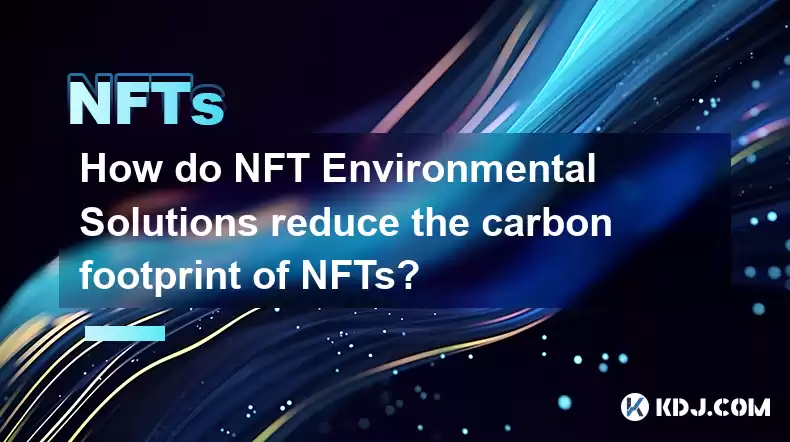
Key Points:
- NFT environmental impact stems primarily from the energy consumption of the blockchain networks they reside on (typically proof-of-work blockchains like Ethereum).
- Several solutions aim to mitigate this impact by shifting to more energy-efficient consensus mechanisms (proof-of-stake), utilizing carbon offsetting programs, and improving the efficiency of NFT creation and transaction processes.
- These solutions are still developing and their effectiveness varies depending on implementation and scale. Transparency and verification remain crucial aspects of their success.
How do NFT Environmental Solutions Reduce the Carbon Footprint of NFTs?
Non-Fungible Tokens (NFTs) have exploded in popularity, but their environmental impact has drawn significant criticism. The energy consumption of the blockchain networks supporting many NFTs, particularly those on proof-of-work (PoW) systems like Ethereum, is a major concern. This energy consumption translates directly into a carbon footprint, raising questions about the sustainability of the NFT ecosystem. Fortunately, several solutions are emerging to address this challenge.
One primary approach focuses on transitioning from energy-intensive PoW consensus mechanisms to more efficient alternatives like proof-of-stake (PoS). PoS networks require significantly less energy to validate transactions, drastically reducing the environmental impact per NFT. Ethereum's shift to PoS, for example, is a major step in this direction. The transition, however, is a complex process and takes time to fully implement.
Another strategy involves the use of carbon offsetting programs. These programs involve investing in environmental projects that reduce greenhouse gas emissions, effectively neutralizing the carbon footprint of NFT creation and transactions. Companies and individuals involved in the NFT space can purchase carbon credits to compensate for their energy usage. The credibility and transparency of these offsetting programs are crucial, however, to ensure their effectiveness.
Beyond algorithmic changes and offsetting, the NFT minting and transaction processes themselves can be optimized. Reducing the size of NFT files, using more efficient minting techniques, and batching transactions can all contribute to lower energy consumption. Developers are actively exploring and implementing these efficiency improvements.
Furthermore, the exploration and implementation of layer-2 scaling solutions offer a path towards reducing the environmental burden. Layer-2 solutions process transactions off the main blockchain, reducing congestion and the overall energy consumption of the network. This approach enhances transaction speed and lowers costs, ultimately contributing to a smaller carbon footprint per NFT.
Finally, increased awareness and responsible practices within the NFT community play a significant role. Educating creators and collectors about the environmental impact of NFTs and encouraging the adoption of sustainable practices is crucial for long-term change. This includes choosing platforms that prioritize energy efficiency and supporting projects committed to environmental responsibility.
The development and implementation of these solutions are ongoing and complex. Challenges remain, including the verification of carbon offset claims and the complete transition of all relevant blockchains to more energy-efficient mechanisms. The effectiveness of each solution also depends on its scale and implementation. Continued innovation and responsible practices are vital to minimize the environmental impact of NFTs and ensure the long-term sustainability of the NFT ecosystem.
Common Questions:
Q: Are all NFTs equally damaging to the environment?
A: No. The environmental impact varies significantly depending on the blockchain used, the minting process, and the size of the NFT. NFTs on energy-efficient blockchains like those using PoS have a considerably smaller footprint compared to those on PoW networks like older Ethereum.
Q: How effective are carbon offsetting programs for NFTs?
A: The effectiveness depends heavily on the credibility and transparency of the offsetting program. It's crucial to ensure that the offsets are genuine and verifiable, representing real reductions in greenhouse gas emissions. Some programs may be more reliable than others.
Q: What role do developers play in reducing NFT's environmental impact?
A: Developers are key to creating more energy-efficient NFTs. They can implement optimizations in minting processes, utilize smaller file sizes, and integrate with energy-efficient blockchains or layer-2 scaling solutions.
Q: Can I, as an NFT buyer, make a difference?
A: Yes! You can choose to buy NFTs from creators who prioritize sustainability, using energy-efficient blockchains and transparent carbon offsetting programs. Supporting these projects incentivizes environmentally responsible practices within the NFT community.
Q: What is the future of environmentally friendly NFTs?
A: The future likely involves a combination of technological advancements (like wider PoS adoption and layer-2 scaling), responsible practices within the community, and robust carbon offsetting schemes. The goal is to create a more sustainable and environmentally conscious NFT ecosystem.
Disclaimer:info@kdj.com
The information provided is not trading advice. kdj.com does not assume any responsibility for any investments made based on the information provided in this article. Cryptocurrencies are highly volatile and it is highly recommended that you invest with caution after thorough research!
If you believe that the content used on this website infringes your copyright, please contact us immediately (info@kdj.com) and we will delete it promptly.
- Cryptocurrency, Altcoins, and Profit Potential: Navigating the Wild West
- 2025-08-04 14:50:11
- Blue Gold & Crypto: Investing Disruption in Precious Metals
- 2025-08-04 14:30:11
- Japan, Metaplanet, and Bitcoin Acquisition: A New Era of Corporate Treasury?
- 2025-08-04 14:30:11
- Coinbase's Buy Rating & Bitcoin's Bold Future: A Canaccord Genuity Perspective
- 2025-08-04 14:50:11
- Coinbase's Buy Rating Maintained by Rosenblatt Securities: A Deep Dive
- 2025-08-04 14:55:11
- Cryptos, Strategic Choices, High Returns: Navigating the Meme Coin Mania
- 2025-08-04 14:55:11
Related knowledge
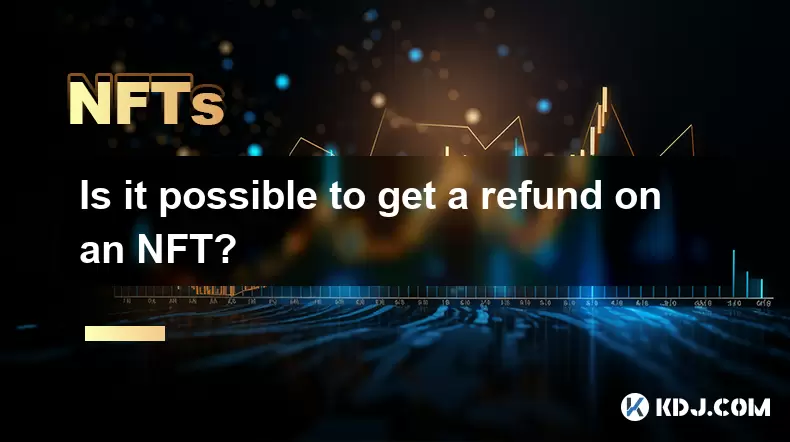
Is it possible to get a refund on an NFT?
Jul 21,2025 at 08:35pm
Understanding NFT Transactions and RefundsWhen you purchase an NFT (Non-Fungible Token), the transaction is typically recorded on a blockchain, making...
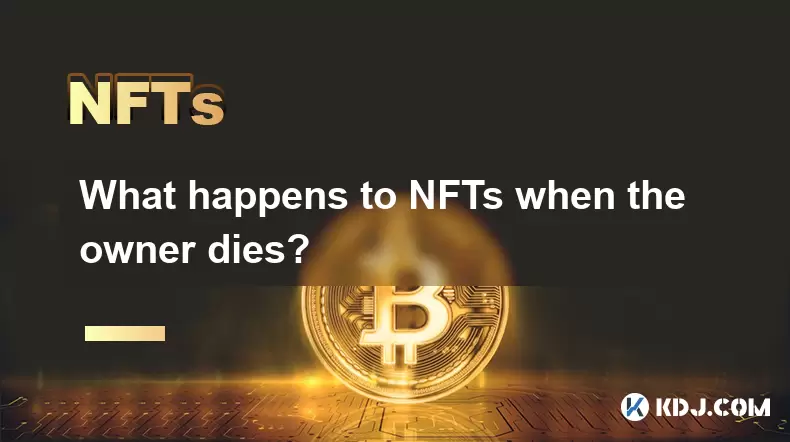
What happens to NFTs when the owner dies?
Jul 22,2025 at 02:43pm
Legal Ownership and Digital AssetsWhen an individual owns NFTs, the question of what happens to these assets upon their death is a pressing one. NFTs ...
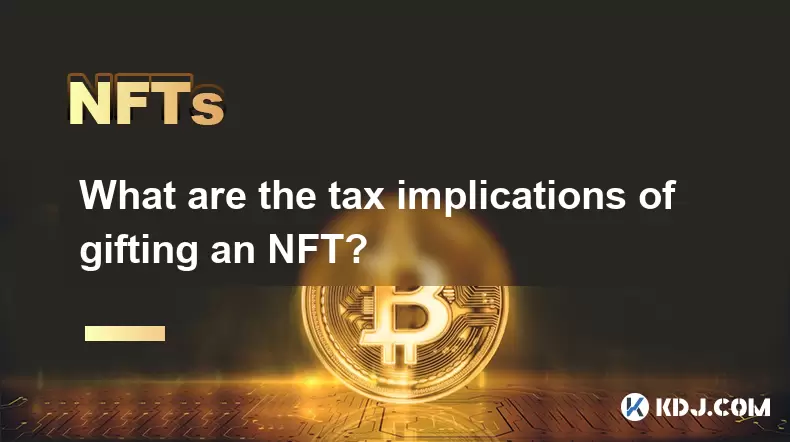
What are the tax implications of gifting an NFT?
Jul 19,2025 at 04:21am
Understanding the Basics of NFT GiftingGifting a Non-Fungible Token (NFT) involves transferring ownership from one individual to another without recei...
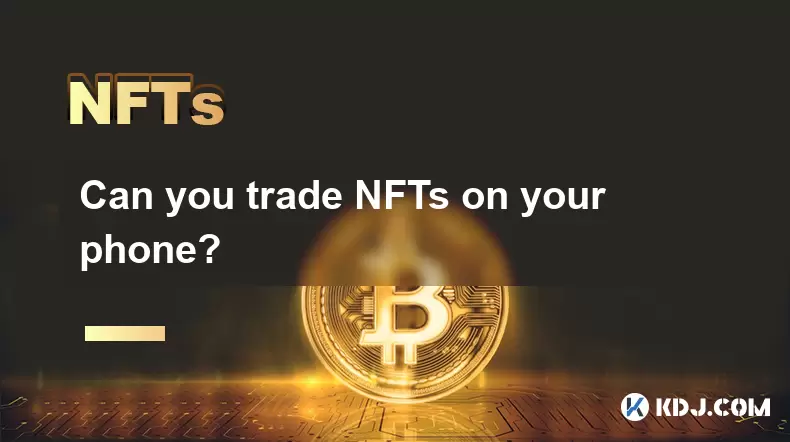
Can you trade NFTs on your phone?
Jul 18,2025 at 04:29am
Trading NFTs on Mobile DevicesYes, you can trade NFTs on your phone, and the process has become increasingly streamlined thanks to a variety of mobile...
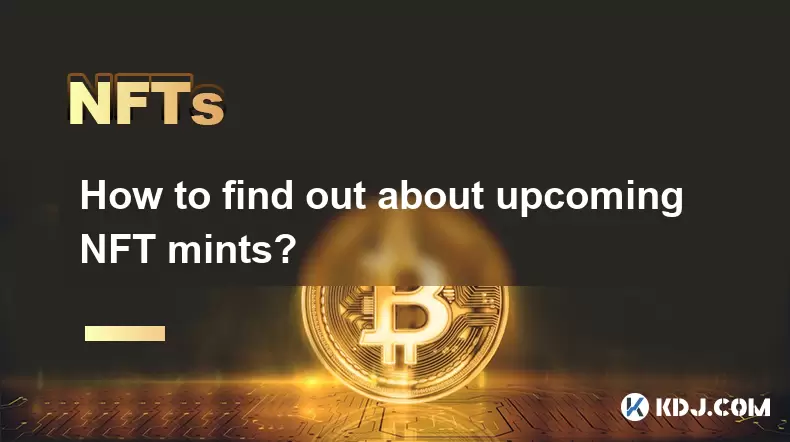
How to find out about upcoming NFT mints?
Jul 18,2025 at 11:50am
Exploring NFT Minting OpportunitiesUnderstanding the landscape of upcoming NFT mints is crucial for collectors, investors, and creators who wish to st...
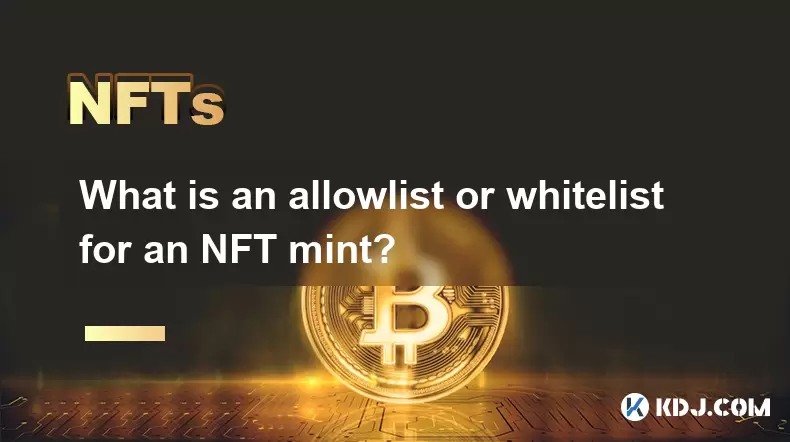
What is an allowlist or whitelist for an NFT mint?
Jul 20,2025 at 07:14pm
Understanding the Concept of an Allowlist for NFT MintingAn allowlist, also commonly referred to as a whitelist, is a mechanism used in the NFT mintin...

Is it possible to get a refund on an NFT?
Jul 21,2025 at 08:35pm
Understanding NFT Transactions and RefundsWhen you purchase an NFT (Non-Fungible Token), the transaction is typically recorded on a blockchain, making...

What happens to NFTs when the owner dies?
Jul 22,2025 at 02:43pm
Legal Ownership and Digital AssetsWhen an individual owns NFTs, the question of what happens to these assets upon their death is a pressing one. NFTs ...

What are the tax implications of gifting an NFT?
Jul 19,2025 at 04:21am
Understanding the Basics of NFT GiftingGifting a Non-Fungible Token (NFT) involves transferring ownership from one individual to another without recei...

Can you trade NFTs on your phone?
Jul 18,2025 at 04:29am
Trading NFTs on Mobile DevicesYes, you can trade NFTs on your phone, and the process has become increasingly streamlined thanks to a variety of mobile...

How to find out about upcoming NFT mints?
Jul 18,2025 at 11:50am
Exploring NFT Minting OpportunitiesUnderstanding the landscape of upcoming NFT mints is crucial for collectors, investors, and creators who wish to st...

What is an allowlist or whitelist for an NFT mint?
Jul 20,2025 at 07:14pm
Understanding the Concept of an Allowlist for NFT MintingAn allowlist, also commonly referred to as a whitelist, is a mechanism used in the NFT mintin...
See all articles

























































































